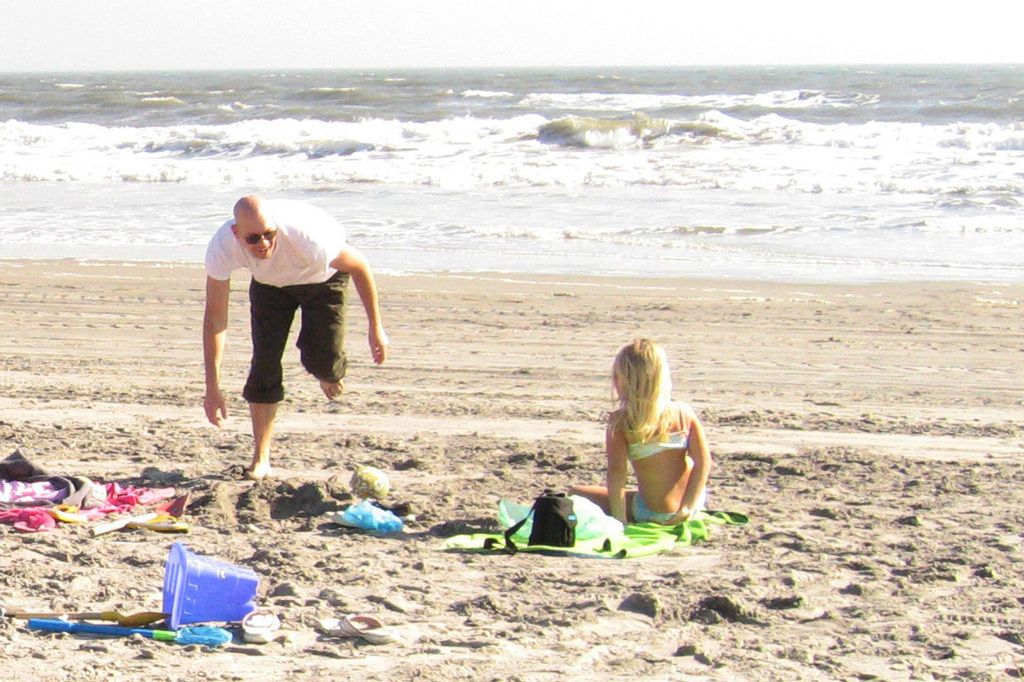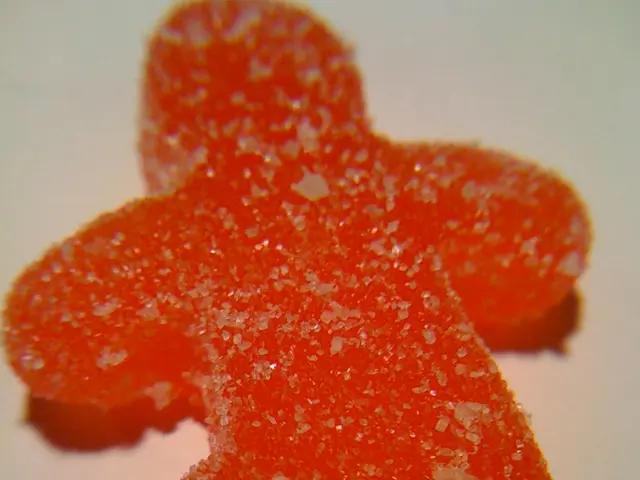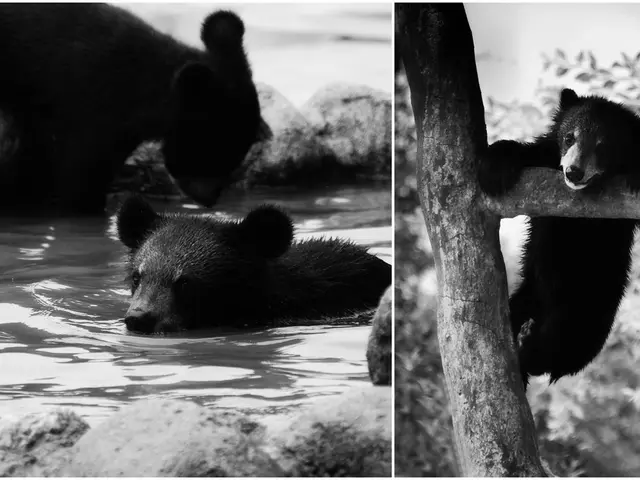Indoor Exposure Still Harmful to Skin Due to Sunlight
Spent the day basking under the sun, beach or city, you think you're safe once the sun sets. Right? Wrong!
According to a groundbreaking study from Yale University, the damaging effects of ultraviolet radiation (UVR) persist even when you step indoors. In fact, researchers discovered that the majority of the DNA damage linked to skin cancer occurs in the dark-long after sun exposure has ceased. This means that even if you diligently apply sunscreen and avoid direct sunlight, your skin cells can still sustain damage hours later, increasing your risk of skin cancer.
And guess who is the surprising culprit? Melanin, the very pigment that's supposed to protect us from UV radiation. Scientists previously believed melanin was purely beneficial in shielding our skin from harmful rays. However, this new research suggests that while melanin does absorb and scatter UV rays, it can also trigger a chain reaction. This reaction continues to damage DNA long after the exposure ends.
Breaking it down, researchers exposed mouse and human melanocyte cells (the cells responsible for producing melanin) to UV radiation. As expected, DNA mutations-the primary cause of skin cancer-were observed immediately after exposure. But here's where things took an unexpected turn: damage to DNA continued to increase for more than three hours in the dark. The majority of genetic mutations were produced hours after UV exposure, not during. The delayed damage was linked to a process inside the melanin itself, rather than direct UV exposure.
So what's exactly happening beneath our skin? Sanjay Premi, one of the study's researchers discovered that UV exposure activates two enzymes in the skin. These enzymes work together to excite an electron within the melanin molecule, kicking off a chemical process called chemiexcitation. This reaction stores energy within the melanin molecule, similar to how certain bioluminescent plants and animals (like fireflies) store energy to glow. Hours later, this stored energy is released, mimicking the DNA damage caused by UV rays, but now, it's happening in total darkness.
For decades, sun protection advice has been centered around avoiding direct sunlight and applying sunscreen before heading outdoors. However, this study challenges a fundamental assumption: that UV damage only happens while you're in the sun. You might think you're safe inside your home, but your skin can still be sustaining damage. Shade and sunscreen are not enough, neither can stop the internal reaction happening hours later. You may assume that sunscreen only matters during the day, but new research suggests that post-sun exposure care is just as critical.
This discovery changes the way we think about sun damage, skin cancer prevention, and even the effectiveness of our current sunscreens. Researchers are already working on developing new skincare treatments that could interrupt the delayed damage process before it occurs. Until these solutions are available, what steps can you take to protect yourself?
1. Sunscreen Is Still Crucial-But You Might Need More Than That
- Use a broad-spectrum sunscreen with SPF 30 or higher before heading outside.
- Reapply every two hours, especially if sweating or swimming.
- Look for sunscreens that contain DNA-repairing ingredients, such as niacinamide or antioxidants.
2. After-Sun Skincare Matters More Than You Think
- Consider using after-sun products with antioxidants like vitamin C and E to neutralize free radicals.
- Apply DNA-repairing serums at night to counteract ongoing damage.
- Look for ingredients like polyphenols and DNA enzymes, which may help prevent mutations.
3. Stay Vigilant with Skin Checks
- Given that UV damage continues for hours, monitor your skin for changes-especially if you've had prolonged sun exposure.
- Early detection of abnormal moles or lesions can significantly improve skin cancer outcomes.
4. Protective Clothing and Shade Are Still Important
- Wear hats, sunglasses, and UPF-rated clothing for an extra layer of protection.
- Seek shade between 10 AM and 4 PM, when UV rays are strongest.
In other words, what you do after sun exposure could be just as important as what you do before. This study is more than just an interesting scientific discovery-it's a wake-up call for how we approach sun safety and skin cancer prevention.
- Although melanin is meant to shield our skin from harmful UV rays, new research shows that it can cause DNA damage long after sun exposure has ended, increasing the risk of skin cancer.
- In light of this discovery, it's crucial to focus on post-sun exposure care, such as using after-sun products with antioxidants, applying DNA-repairing serums at night, and staying vigilant with regular skin checks.








